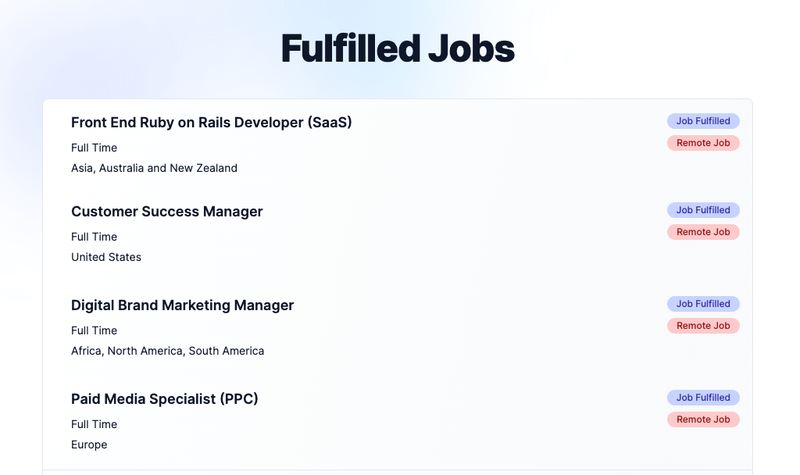Why Is It Important to Track Your Team’s Paid Time Off

There are a lot of exciting, important, and high-leverage jobs in your business. Tasks like marketing, sales, or product design clearly move the needle and help the business grow.
Tracking your employees’ paid time off is not one of these jobs. It’s unsexy. Time-consuming. And with so much else going on, it's easy to think this is something you can cut from your workflow.
Yet tracking PTO is essential if you want to run a happy, organized, and high-performing team. Keep reading and we'll explain why, and how to do so effectively.
5 Reasons You Need to Track PTO in Your Business
You trust your employees, right? So do you really need to look over their shoulder and micromanage their attendance?
It’s not about micromanagement. Even if you trust your team completely, you need a system in place to record whenever someone from your team goes on leave. Here are five reasons why.
Keeping Everyone on the Same Page
Tracking PTO allows you to keep your team's operations running smoothly.
Other team members need to know if someone isn't going to be around. There are many moving parts in every team, so if one of those parts is on leave for a day, or a week, the rest of the team needs to adapt.
If it’s a customer support team, you need to know when someone is away to ensure customers’ support tickets are handled. While a development team's ability to meet deadlines may be affected if someone is on PTO.
This is particularly important for remote teams, as it’s not immediately evident whether or not someone’s at work. The whole team could be working on the assumption that one person is doing their usual job, without knowing that they’re actually on PTO for the whole week.
If you’re not tracking this at all, you’re asking for chaos.
Identifying (and Reducing) Absenteeism
The most obvious reason that tracking PTO is important is that it prevents people from taking far too much time off.
If you hire the right people, this may not be an issue. But you can’t afford to blindly trust that your employees won't ever take advantage of the system.
A simple record of who has taken time off, and when, lets you make sure people don’t overshoot their leave quota. Even if you don’t have a limit on how much PTO each person can take, tracking this is still important (more on this a little later).
Addressing Presenteeism
You’re probably familiar with absenteeism. But you might not know about presenteeism, which may actually be a bigger problem.
Presenteeism is a condition where people work too much, even when they’re unwell, injured, stressed, or overworked. It could be that they’re not taking sick leave when they need it, or going too long without taking any PTO.
Presenteeism is estimated to cost US businesses $150 billion per year due to lost worker productivity. This is nearly twice the cost of absenteeism and two to three times more than the cost of providing medical benefits for employees.

When people neglect their PTO, they’re more likely to get burned out. Burnout leads to lower productivity and higher turnover, which adds up to a huge cost for the business.
Tracking PTO lets you identify who has been working for too long without a break. When you're armed with this information, you can encourage these people to take some time off, and come back healthy, refreshed, and motivated again.
Preventing Payroll Errors
Payroll and PTO go hand in hand. When employees take paid leave, they'll either need to be paid out from their PTO bank or compensated at their normal rate.
Errors in handling this result in unnecessary work and unhappy team members.
Keeping a clear record of PTO ensures everyone gets paid correctly and no one gets shortchanged or delayed payments when they take a vacation.
Compliance
Finally, you may need records to show that your business complies with relevant laws and regulations around paid time off.
You might not think you need this now. But as your business grows, there's a point when this will change.
It’s simply good business practice to keep track of things like this. You can get away with it when you’re a small team. But eventually, you'll grow to the point where compliance issues can come back to hurt you.
Better to make sure everything is correct sooner, rather than later.
What If My Team Has Unlimited PTO?
You’re thinking, “I’m a modern team with unlimited PTO. I trust my staff. Why do I need to track their vacation time?”
It’s still important, if not more important, to track PTO for teams with flexible PTO policies.
Most of the points we raised above still apply. It’s still important to know if someone is going to be off, to plan ahead, and avoid missing deadlines or leaving customers waiting.
You also need to know if someone is taking more than their fair share of leave. You might have an unlimited PTO policy, but it can't be literally unlimited. If someone is abusing the system, you need to take action.
The most vital reason you need to track PTO in teams with unlimited vacation is another reason we talked about already - to ensure people take enough leave.
A common issue with unlimited PTO is that some employees take very little time off, generally because expectations are unclear. Since they don’t want to be seen as abusing the system, they very rarely take any PTO.
This is a big problem, leading to overwork, burnout, and losing some of your best employees.
If you have a system in place to track PTO, it’s easy to avoid issues like this. Simply check in every month or so, and for those team members who haven’t taken a break in a while, arrange a plan to ensure they book some time off in the near future.
How to Track PTO Effectively in Remote Teams
Now let’s look at some tips to help you manage and track leave in your remote team.
It’s generally harder for remote teams to stay on top of things like this. But that’s why processes become more important, as it’s easier for issues to slip between the cracks, creating issues with absenteeism, presenteeism, or short-staffing.
Here are three things to do as part of your remote team’s leave management process.
Set Up a Standard Process for Requesting Time Off
One of the most common issues with startups and PTO is when they don’t outline how time off requests should work.
You end up getting people asking for time off in an email, a Slack message, a Facebook message, in the middle of a Zoom… and a couple of things happen:
- Time off requests get lost or forgotten and don’t get tracked.
- Some employees are too anxious to ask for time off because they don’t know how the process is supposed to work. These people end up overworked and burned out.
Both are big issues. On one hand, your scheduling is a mess. On the other, you risk losing some of your best people because they don't get the rest they need to stay fresh.
PTO tracking starts with the request process. Communicate to your staff one way that they should ask for time off, and stick to that. Ideally, provide a standardized time off request form as well, like this:
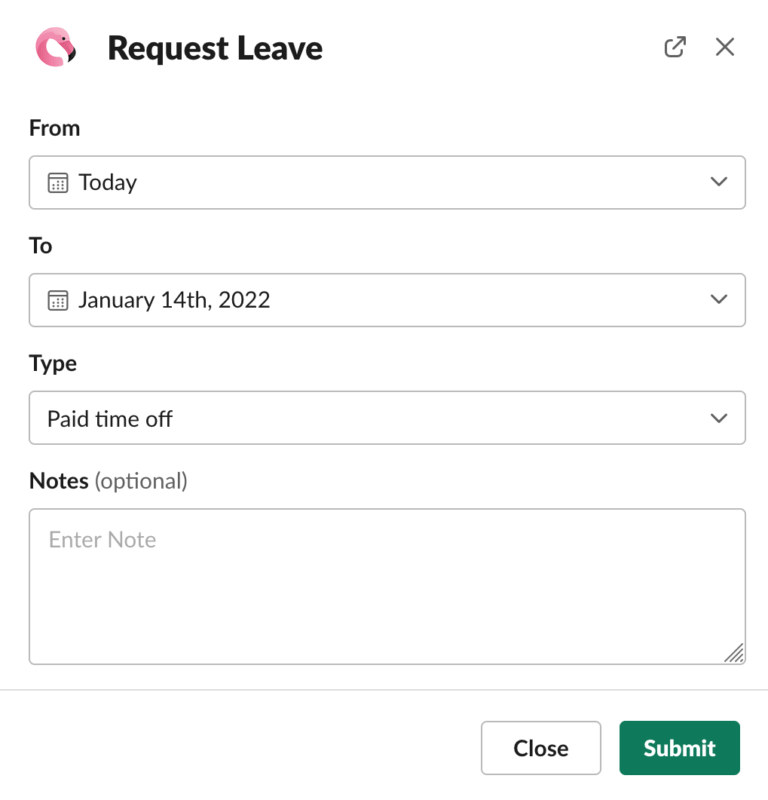
If everyone does this the same way, the rest of the PTO tracking process will be easier as a result.
Use a Software Tool That Integrates With Your Workflow
You’ll want to use software to help you track PTO in your business.
A software tool automates a lot of the boring, repetitive tasks involved in tracking PTO. It also makes it much easier to generate reports and look back on trends, such as employees who don’t take enough leave.
Small startups often use a spreadsheet to track leave. This can work as long as your team remains small - but if you plan on growing, you’re eventually going to need to upgrade your system.
It’s doubly important to use a tool that fits in with other tools you use in your business. For example, Flamingo's leave tracker integrates with Slack, allowing you to bring your whole PTO tracking process into your existing workflow.
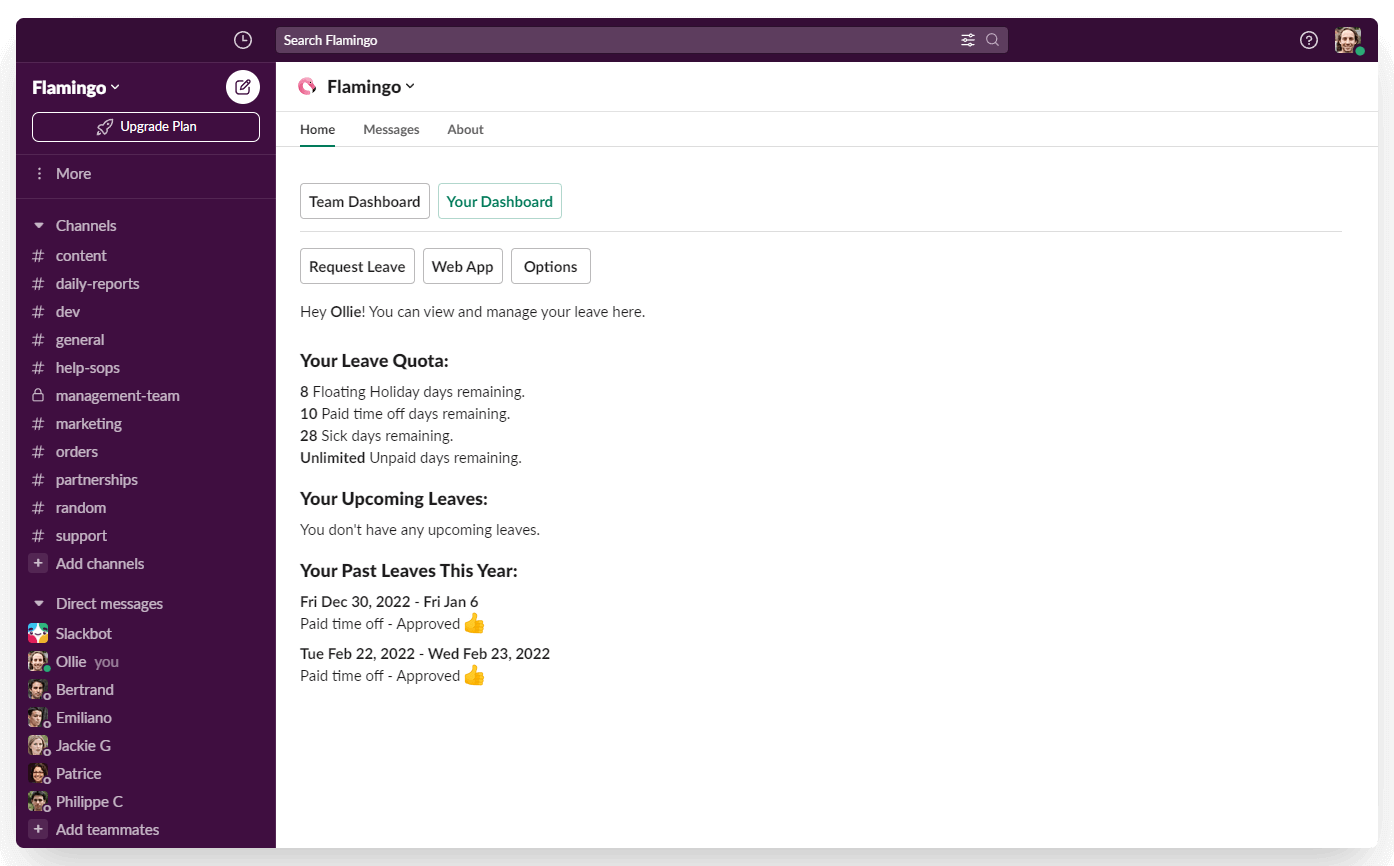
This makes it easy for people to ask for leave, easy for managers to approve leave, and easy to pull up reports on who has leave coming up. The easier all of this is, the more likely your team will stick to the processes.
Regularly Check and Follow Up on Leave Reports
Tracking PTO in the first place is the most important step. This is more than a lot of teams do. But you’ll also want to do something with the data you’ve got.
Make it a regular thing to pull up leave reports on your team, and each member of your team, and identify any trends requiring action.
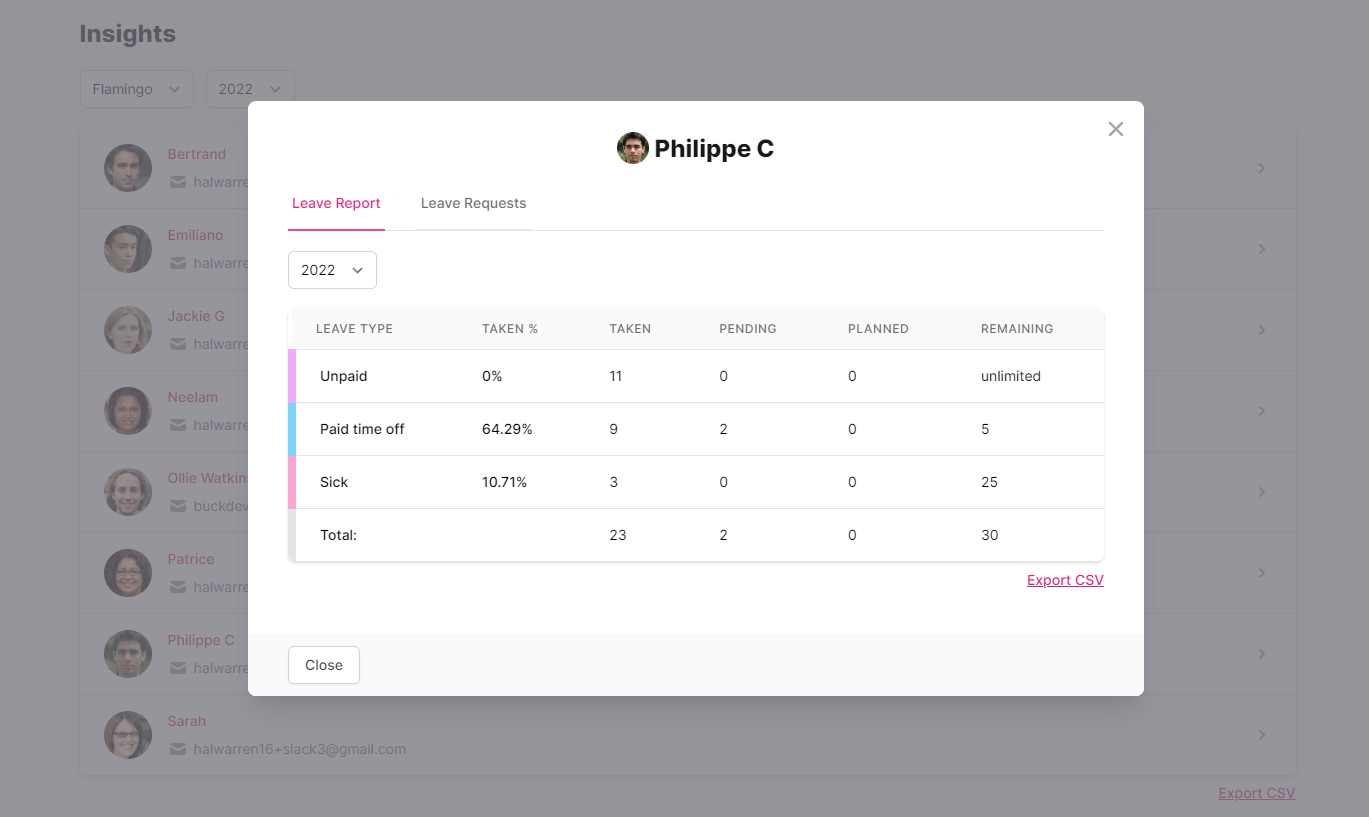
It’s a good idea to do this every month. You can set aside a couple of hours, if that, to go through these reports. This way you’ll stay on top of any issues before they become serious.
Final Thoughts
Paid time off is one of the most important employee benefits in any business. It’s vital that you have a process in place to keep track of this, to make sure your employees are actually taking advantage of it.
Tracking PTO is simply part of being an organized and professional team. No matter how big or small your team is, better organizational practices help set the foundation for high performance and success.
If you don’t have a system to track leave in your company, set one up now. If you do, look at your system and ensure you’re doing all you can to manage PTO the right way.
Author Bio: Andrew Buck is the Head of Content at Flamingo, the top leave management app for Slack teams. He has over half a decade of experience writing content for online businesses, in a range of industries including SaaS, human resources, and e-commerce.
Related Posts:
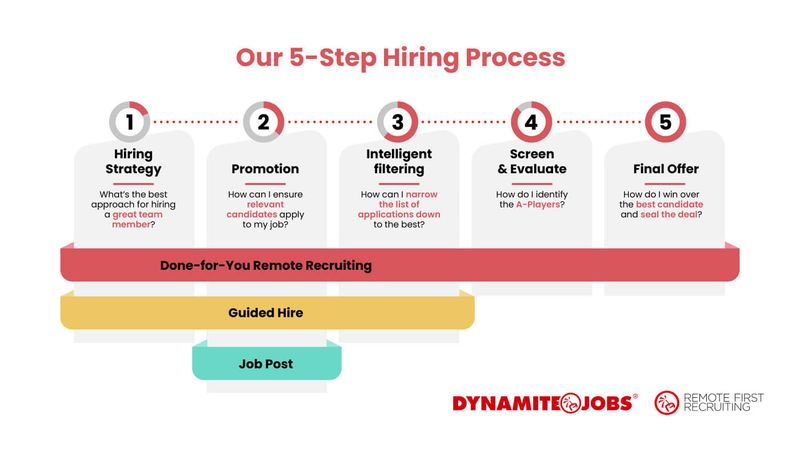
Featured Remote Jobs
 New Job! Featured Job Remote Job
New Job! Featured Job Remote Job Opened 2 days ago Featured Job Remote Job
Opened 2 days ago Featured Job Remote Job Opened 2 days ago Featured Job Remote Job
Opened 2 days ago Featured Job Remote Job Opened 2 days ago Featured Job Remote Job
Opened 2 days ago Featured Job Remote Job Opened 5 days ago Featured Job Remote Job
Opened 5 days ago Featured Job Remote Job Opened 5 days ago Featured Job Remote Job
Opened 5 days ago Featured Job Remote Job Closes in 14 days Featured Job Remote Job
Closes in 14 days Featured Job Remote Job Closes in 8 days Featured Job Remote Job
Closes in 8 days Featured Job Remote Job

